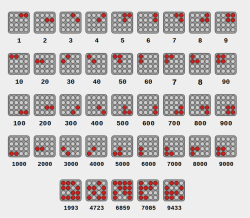In the past few years, what marketers and venture capital firms term “artificial intelligence” but is more often an advanced predictive text model of some sort has started taking people’s jobs and threatening others. But not tedious jobs that society might like to have automated away in the first place. These AI tools have generally been taking rewarding or enjoyable jobs like artist, author, filmmaker, programmer, and composer. This project from a research team might soon be able to add astronaut to that list.
The team was working within the confines of the Kerbal Space Program Differential Game Challenge, an open-source plugin from MIT that allows developers to test various algorithms and artificial intelligences in simulated spacecraft situations. Generally, purpose-built models are used here with many rounds of refinement and testing, but since this process can be time consuming and costly the researchers on this team decided to hand over control to ChatGPT with only limited instructions. A translation layer built by the researchers allows generated text to be converted to spacecraft controls.
We’ll note that, at least as of right now, large language models haven’t taken the jobs of any actual astronauts yet. The game challenge is generally meant for non-manned spacecraft like orbital satellites which often need to make their own decisions to maintain orbits and avoid obstacles. This specific model was able to place second in a recent competition as well, although we’ll keep rooting for humans in certain situations like these.




















